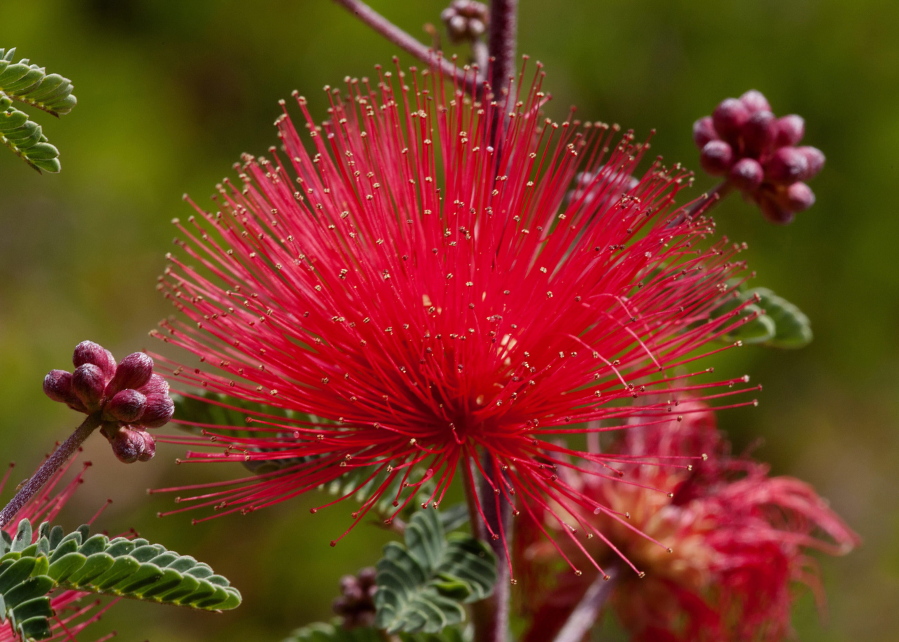BEVERLY HILLS, Calif. — Spread out along a hillside near the Beverly Hills Hotel, Susan Gottlieb’s baseball-field-sized home garden — dubbed the Gottlieb Native Garden — boasts more than 100 species of native plants and brims with wildlife activity.
Birds flock to a large shrub called toyon, with white flowers in the summer, fall and spring, to nibble on its red berries. Bees descend on towering matilija poppies, whose large white and yellow flowers bloom in late spring. Butterflies love fragrant coyote mint, an herb with nectar-filled lavender flowers.
For the 75-year-old Gottlieb, an environmentalist, philanthropist and nature photographer, the garden has been a labor of love for nearly 30 years. A new book, “The Gottlieb Garden: A California Love Story” (National Wildlife Federation, 2016), written by Mallory Smith and featuring more than 120 photographs by Gottlieb, captures the garden’s essence.
“Native plants are so incredibly important for wildlife and insects, which are the base of everything,” Gottlieb said. “Most people, in the early ’90s, I found, had no clue what a native plant was, and drought-tolerant plants weren’t on the menu either. When I began the garden, I was a rank amateur. I’ve learned a lot.”



